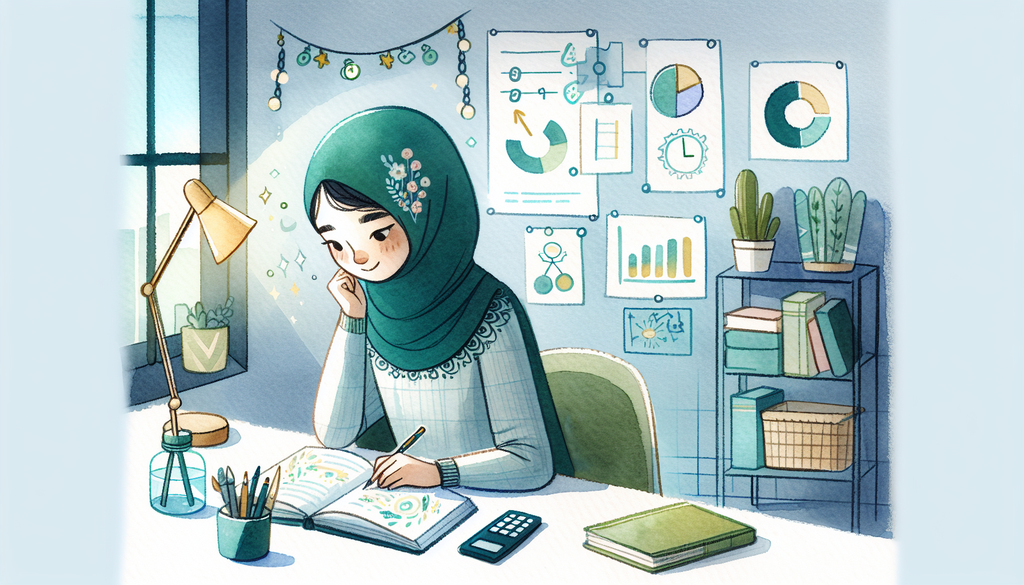Effective Intervention Strategies for Dyslexic Students

When it comes to learning and reading development in students diagnosed with dyslexia, specialized educational strategies can significantly improve their overall academic performance and self-confidence. This article provides detailed insight into the most effective intervention strategies that can make the learning process easier and more enjoyable for students struggling with dyslexia.
Understanding dyslexia
Before delving into the intervention strategies, it’s essential to have a basic understanding of dyslexia. As explained in our previous article about understanding special education law, dyslexia is a neurodevelopmental disorder that affects reading fluency and spelling skills. However, dyslexia doesn’t define your child’s intelligence or potential. With the right strategies, a dyslexic student can overcome challenges and thrive in their academic journey.
Early identification and targeted support
One crucial aspect of supporting dyslexic students is early identification of their specific needs. Then, a targeted approach, like an Individualized Education Plan (IEP) or a 504 plan, can be established. As we discussed in our post IEP vs. 504 Plan - Knowing the Difference, these formal plans provide a roadmap for the specific accommodations and services a student needs for success in school.
Structured Literacy Approach
A major strategy for dyslexic students is the structured literacy approach. This plan prioritizes phonics and other sub-skills involved in reading, including phonological awareness, sound-symbol association, syllable instruction, morphology, syntax, and semantics. This comprehensive and systematic approach often leads to significant improvement in dyslexic students’ reading abilities.
Multisensory Learning
According to the International Dyslexia Association, multisensory learning is a successful approach for teaching students with dyslexia. This method engages multiple senses simultaneously to enhance memory and learning. Our guide on kinesthetic learners further explores these strategies.
Assistive Technology
In this digital era, technological tools can also provide effective support for dyslexic students. Audiobooks, for instance, can help students understand complex texts. Organizational apps can assist in managing assignments. Speech-to-text tools can aid in writing assignments. There’s a wealth of tech tools available, and we’ve compiled the best of these for special education
Building a Supportive Environment
Lastly, parents and educators should aim to develop a supportive and empathetic learning environment for dyslexic students. Understanding and addressing #The Emotional Impact of Dyslexia can help students build self-esteem, resilience, and a positive attitude towards their educational experience.
Remember, dyslexia does not limit the potential of a child, and with the right strategies, every child has the opportunity to thrive. These are just a few strategies to support students with dyslexia. For more comprehensive advice, make sure to communicate effectively with your child’s school team.